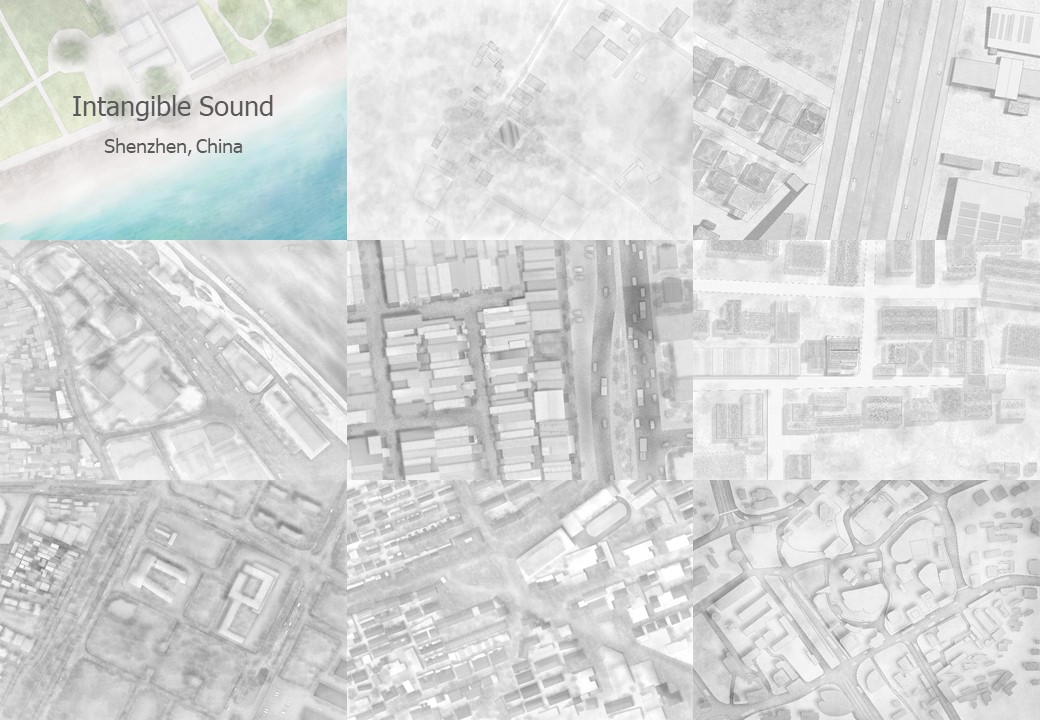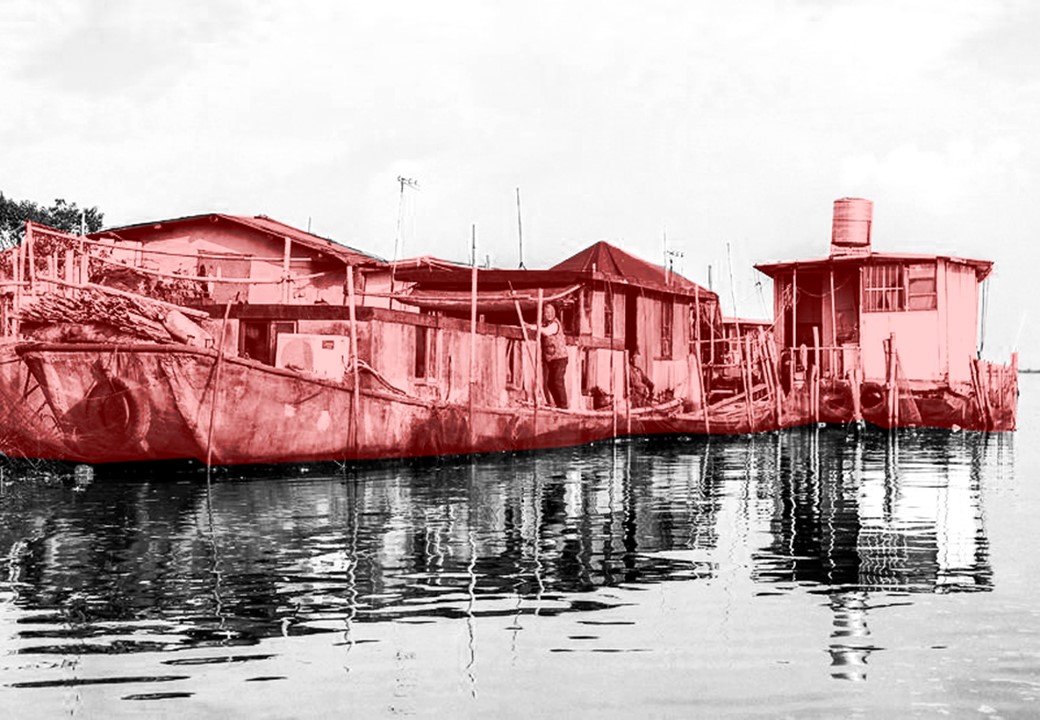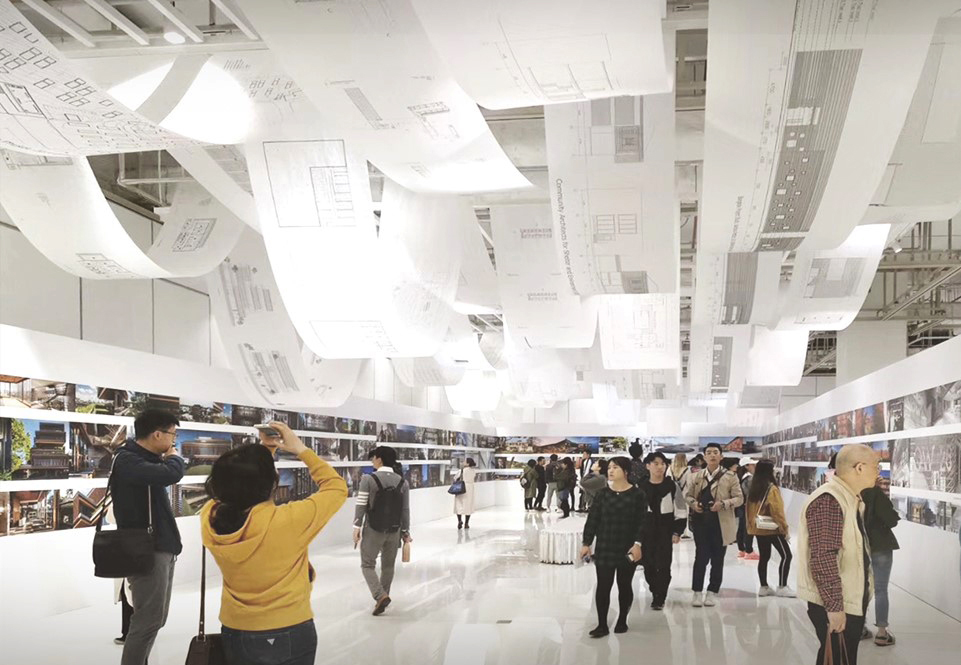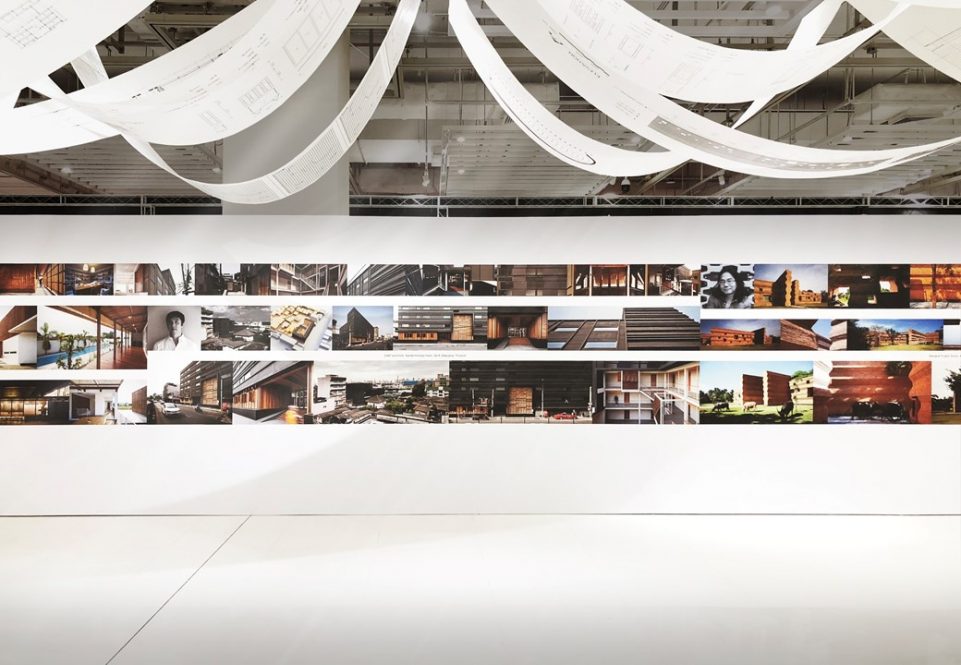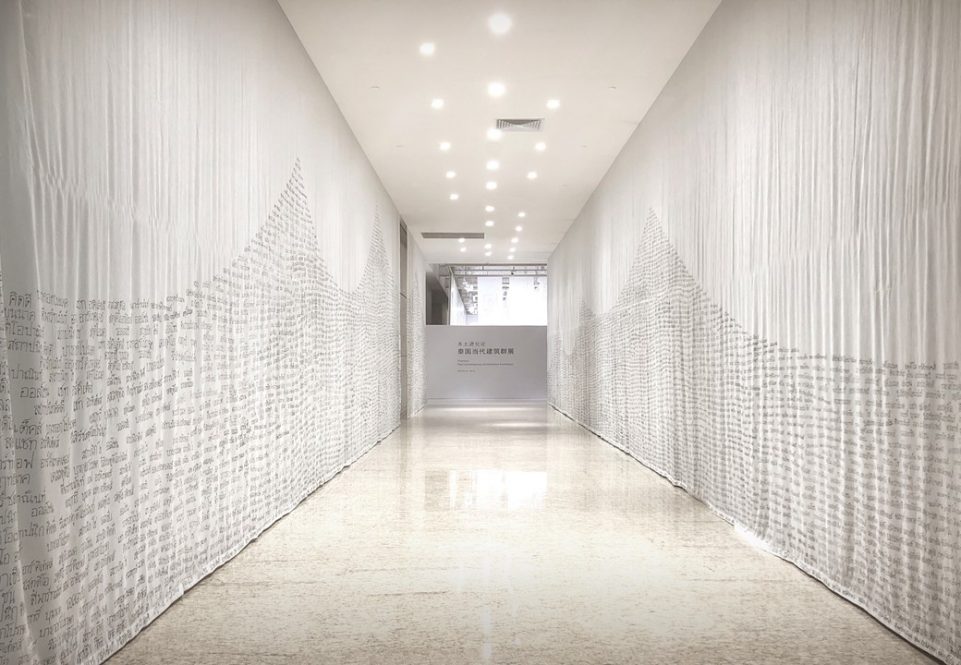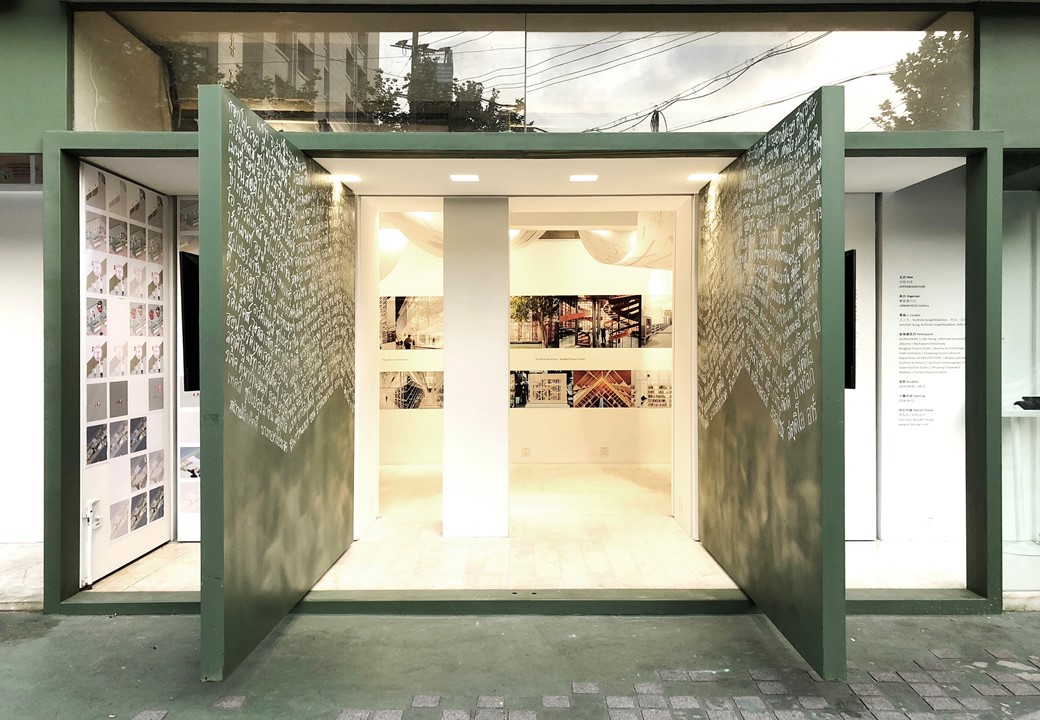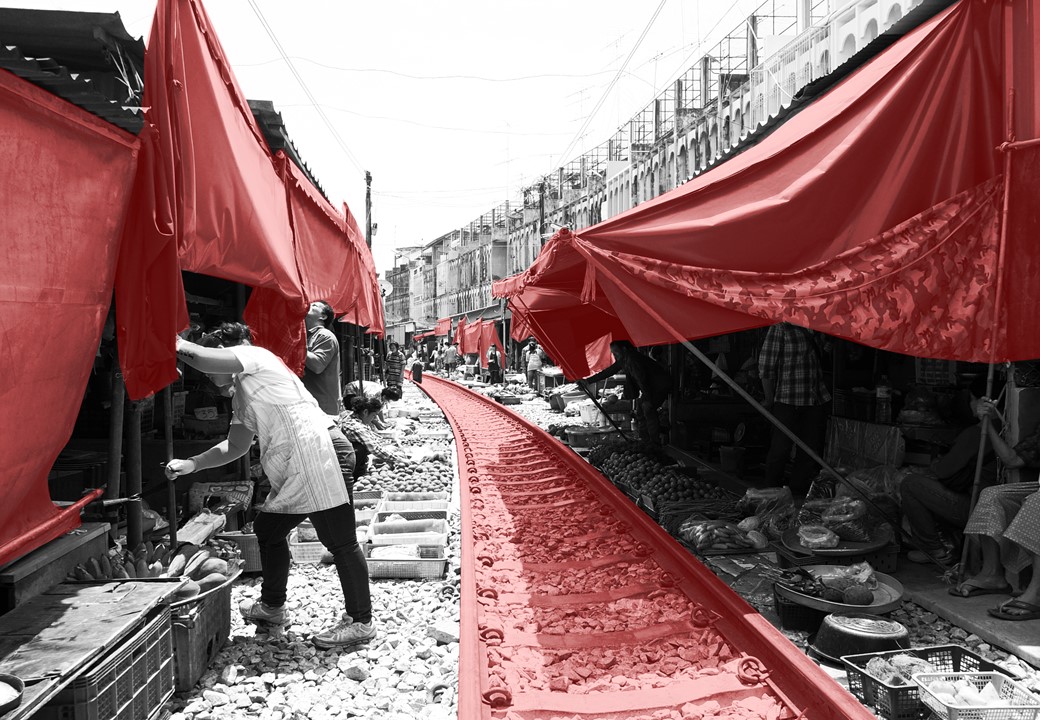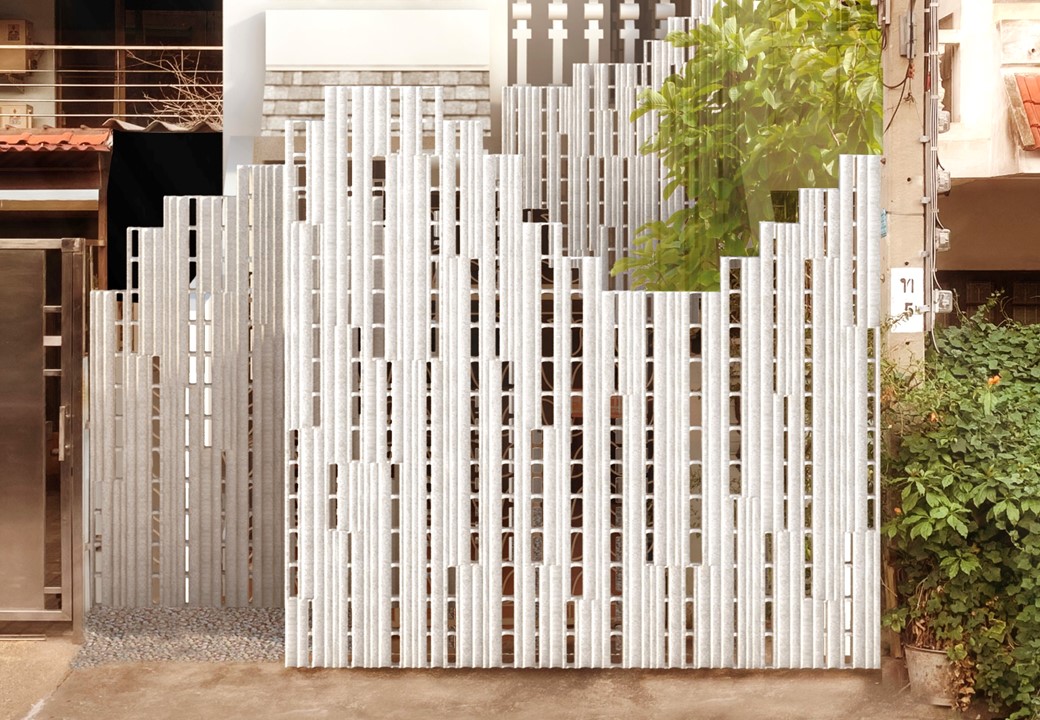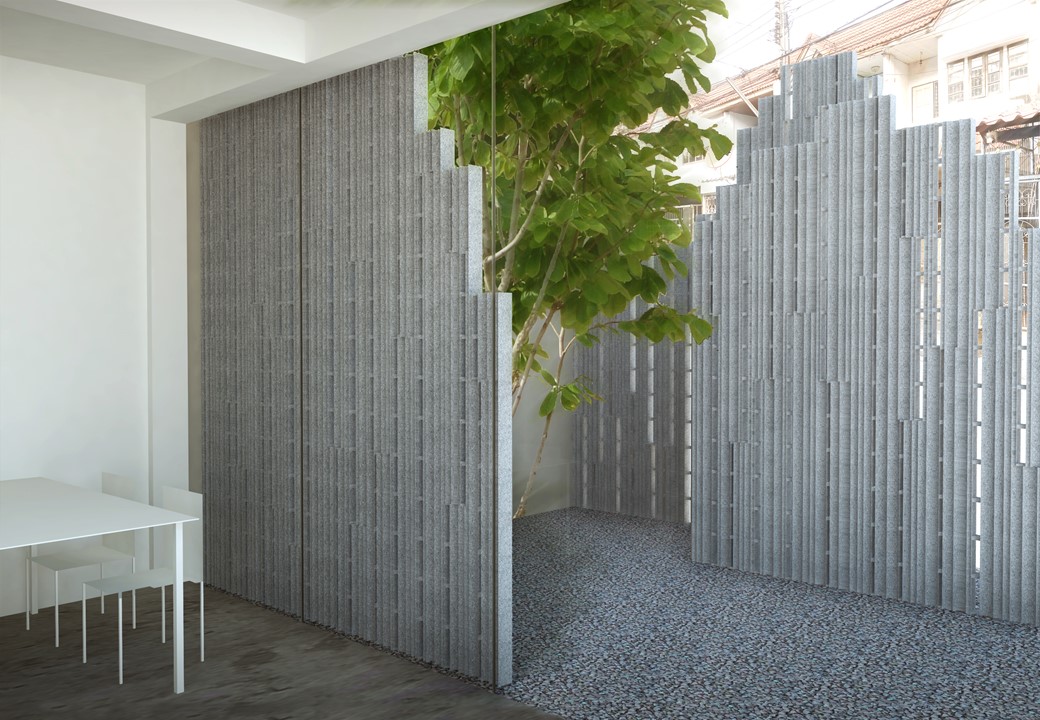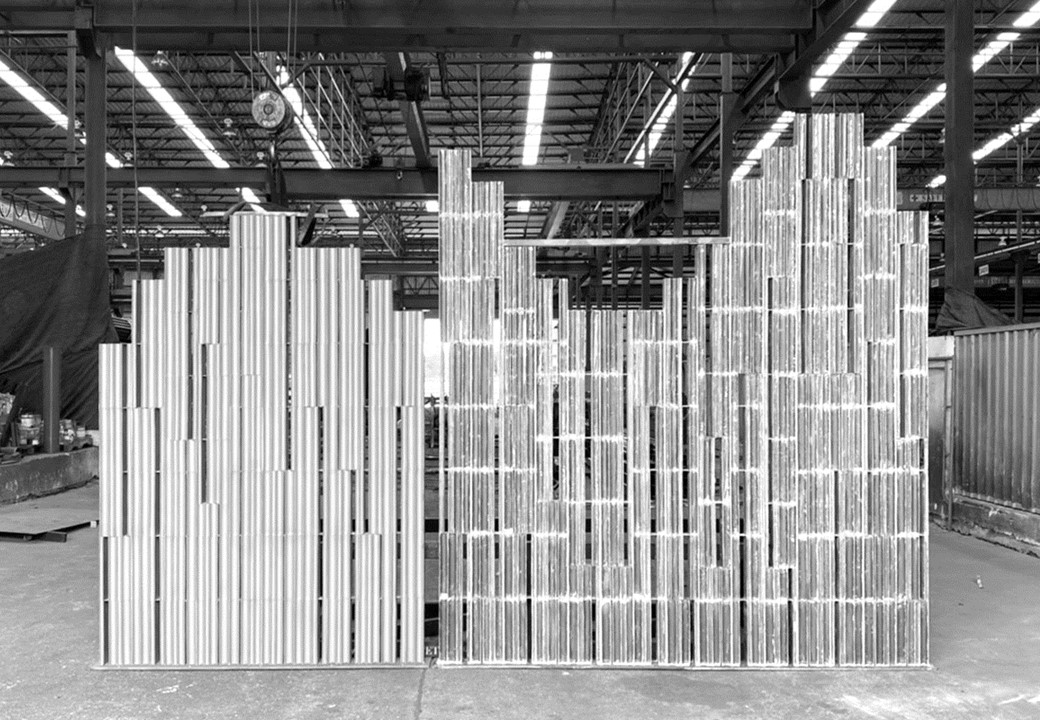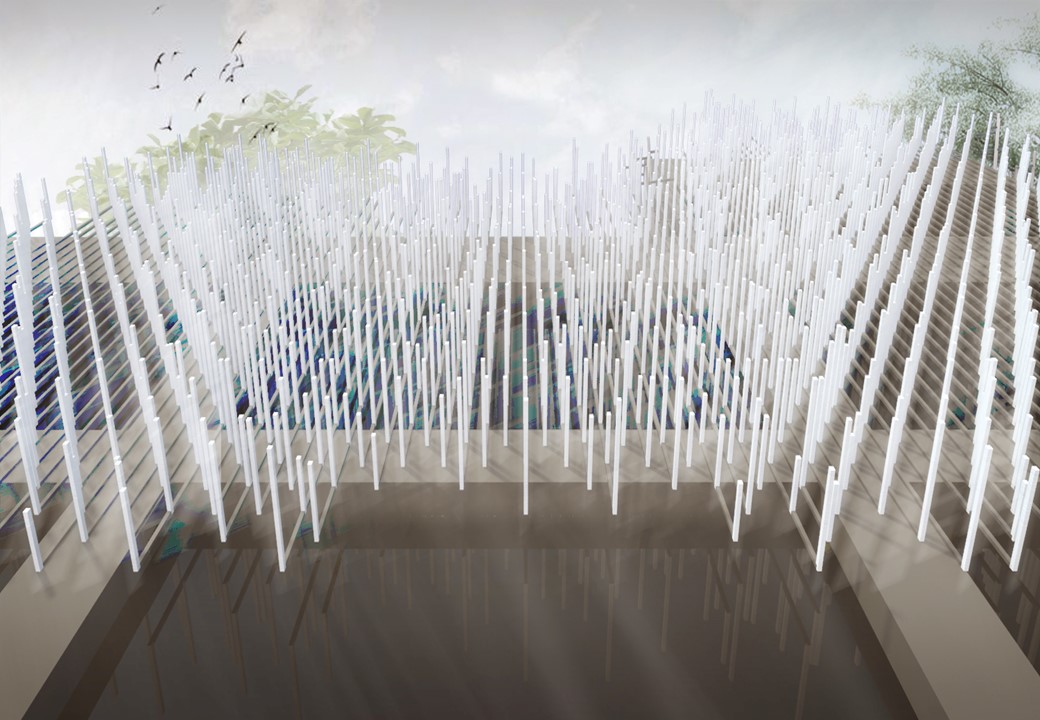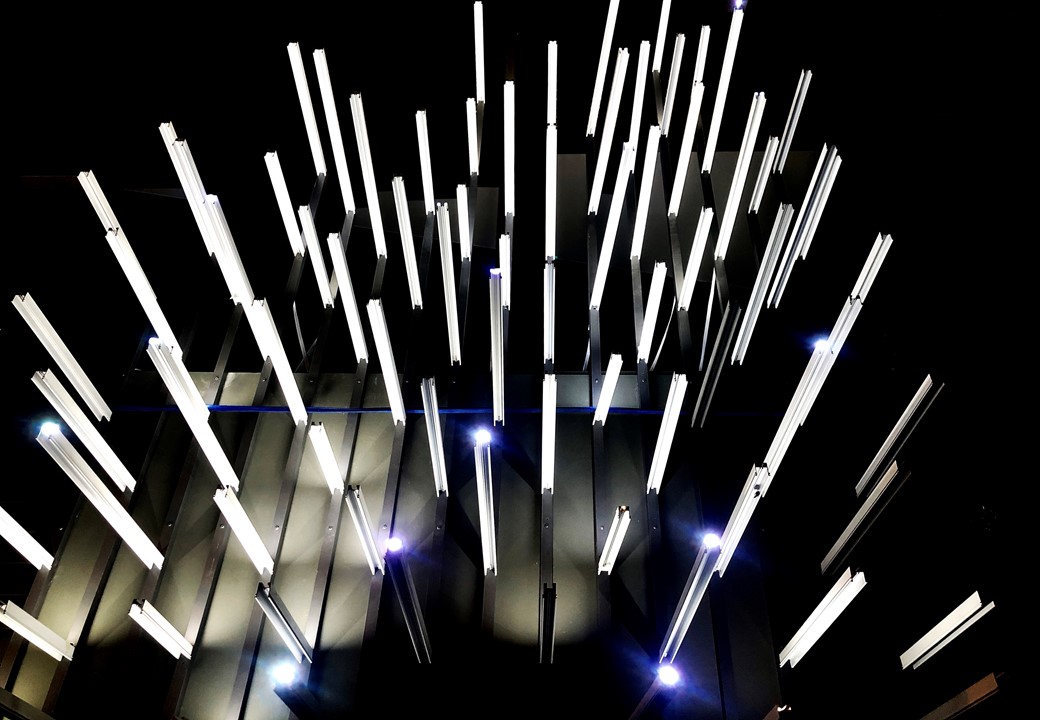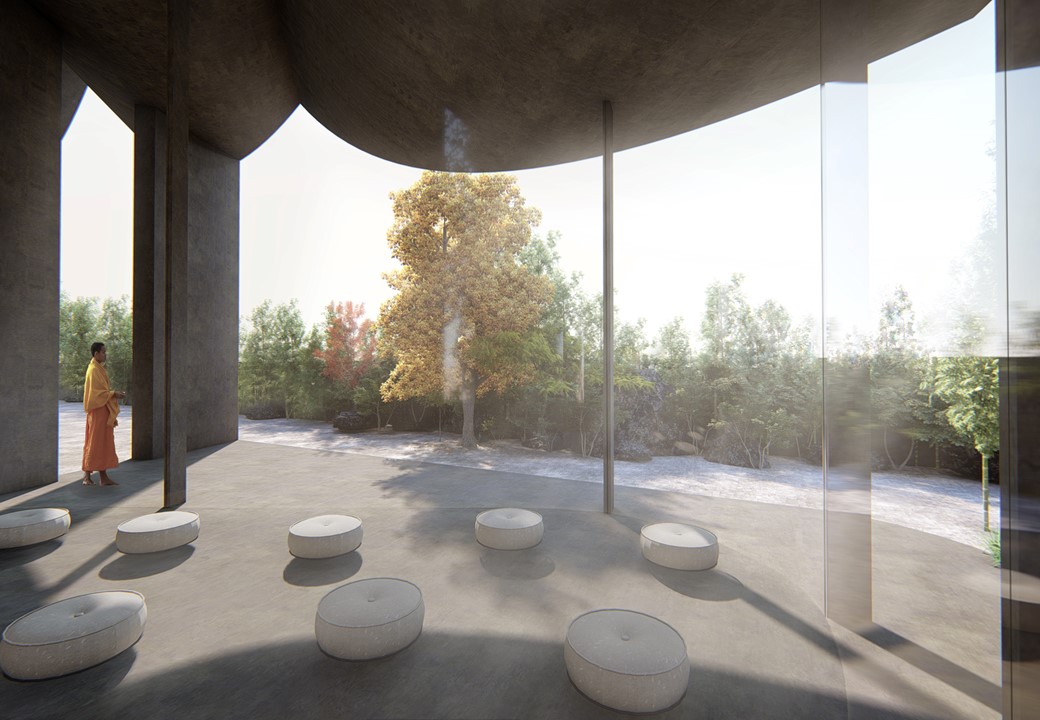PHOTO COURTESY OF HAS DESIGN AND RESEARCH EXCEPT AS NOTED
WHO
HAS design and research
Jenchieh Hung started his career, working at the Japanese firm – Kengo Kuma & Associates, where he became Design Manager and Project In-Charge in 2018. At present, he is the Principal Architect of HAS (Hung And Songkittipakdee), guest editor of Taiwan Architecture Magazine, and Visiting Professor at Tongji University, China.
Kulthida Songkittipakdee was the first Asian architect among thousand applications around the world to be awarded the scholarship of Renzo Piano Foundation working with Renzo Piano in Paris studio. During her time there, she involved in Jerome L. Greene Science Center, Columbia University and Los Angeles County Museum of Art (LACMA) Expansion. At present, she is the Principal Architect of HAS design and research, guest editor of Taiwan Architecture Magazine, and visiting professor at Xian Jiaotong-Livepool University, Donghua University, China and International Program in Design and Architecture (INDA) Chulalongkorn University, Thailand.

Photo: Bai Yu
Intangible Sound
WHAT
It’s more important for us to find a latent value system to guide our design process than any kind of communication. We will have our own proposal for projects, and perfect them as time goes. We hope to find different cultural values by certain projects such as unapproved canopies, food stalls, street stands and shacks, mobile carts, etc., to build a unique cultural landscape for Asian cities.
Thai Architecture Pavilion
The existence of these temporary building groups reveals that humans, as a part of nature, how do they find another “new” naturality in the midst of cities full of steel and concrete. And we call researches and design like this as ILLUSION ARCHITECTURE / SENSE OF DISTORTION. “Illusion Architecture” is a continuous research statement aimed at finding non-autonomous space in Asia cities, which have not yet been intervened by architects. Most Asian cities, especially Southeast Asia has districts that were colonized after the World Wars. Architectural elements and forms of those districts are complete interpretations of western modernism.
Thai Architecture Pavilion
By contrast, the “spontaneous unapproved construction” we discussed reflects unique regional ecology and culture. These constructions are built by non-professionals or non-architects, yet are more flexible and efficient solutions. We hope to sort and study nature and “man-made nature”, so as to develop our own design method. The “spontaneous unapproved construction” without intervenes from architects can also be tools of guiding their own practice of the general public, and thus has universal values that can be reused.
WHEN
2019
WHERE
Shanghai / Bangkok

Phetkasem Artist Studio
WHY
The difference between Europe and Asia is that Europeans’ understanding of architecture and the systems from their cultural identity, while we are recognizing them more from the number of high-rises and international designers. Besides, we have a frail understanding of our own cities, which formed the design logic that we have to think in western ways and graft eastern technologies with western thinking. Some is finding a design method that stems from our own cities. How to find a new recognition of local culture, in other words, how to interpret the imagination of the future with our traditions? Those are the core standards of any of our decisions.
HOW WOULD YOU DEFINE CREATIVITY?
Creativity cannot be defined. If you define it, it will not be called creativity. For example, we had a research project in Suzhou Yangcheng Lake in China, where there are beautiful sceneries and are famous for its hairy crabs. One interesting thing is that local crab catchers will combine their house and boat as one, which is the unique boathouse.
Those houses will most likely have sloped roofs because local people think it’s the basic form of homes. And when they are out to catch fish and crabs, they will use wood pillars or bamboos. By attaching some dark paintings on those tools, this man-made tools can naturally merge into the lake water and catch things very fast. The research shows that locals know how to build a “home” without even be educated. Also, they know about respecting nature better than architects, and they know which color and material will damage the least to original species. That’s the creativity or acumen, which city dwellers need when doing rural projects.’
MoMA (Museum of Modern Aluminum)
DESCRIBE YOUR PRACTICE IN THREE WORDS.
Improvised / Uneven / Tarnished
WHERE DO YOU GO, OR WHAT DO YOU DO WHEN YOU GET STUCK ON A PROJECT
We always understand the potential of design from our research. Design is like the small part of the iceberg revealed out of the water, yet by doing researches, we hope to see the main social environmental reason underneath the water. Therefore, we have never got stuck on our projects as we always keep working and focusing on it.
WHAT PROJECT ARE YOU MOST PROUD OF?
Have you ever heard that the Buddha feel proud of his Enlightenment? We never felt proud of our projects. It is more about our design can make clients feel proud, and our society feel proud is the most important for us.

Sa Sia Tua Temple
IF YOU COULD INVITE ANY CREATIVE OUT FOR COFFEE, WHO WOULD YOU CHOOSE AND WHY?
We have no idea who can be the creative but the most creative person around us is our 3 years old daughter. When we see her sketch and drawing, and the way of doing her work, we feel very inspiring. We think it is the reason why we feel interesting on “Improvised” which is actually not only come from the kid, but it also come from the local people who have no architectural education. By the way, we work 6 days in a week. If we have time for coffee, we will definitely invite our daughter to have cake with us.


